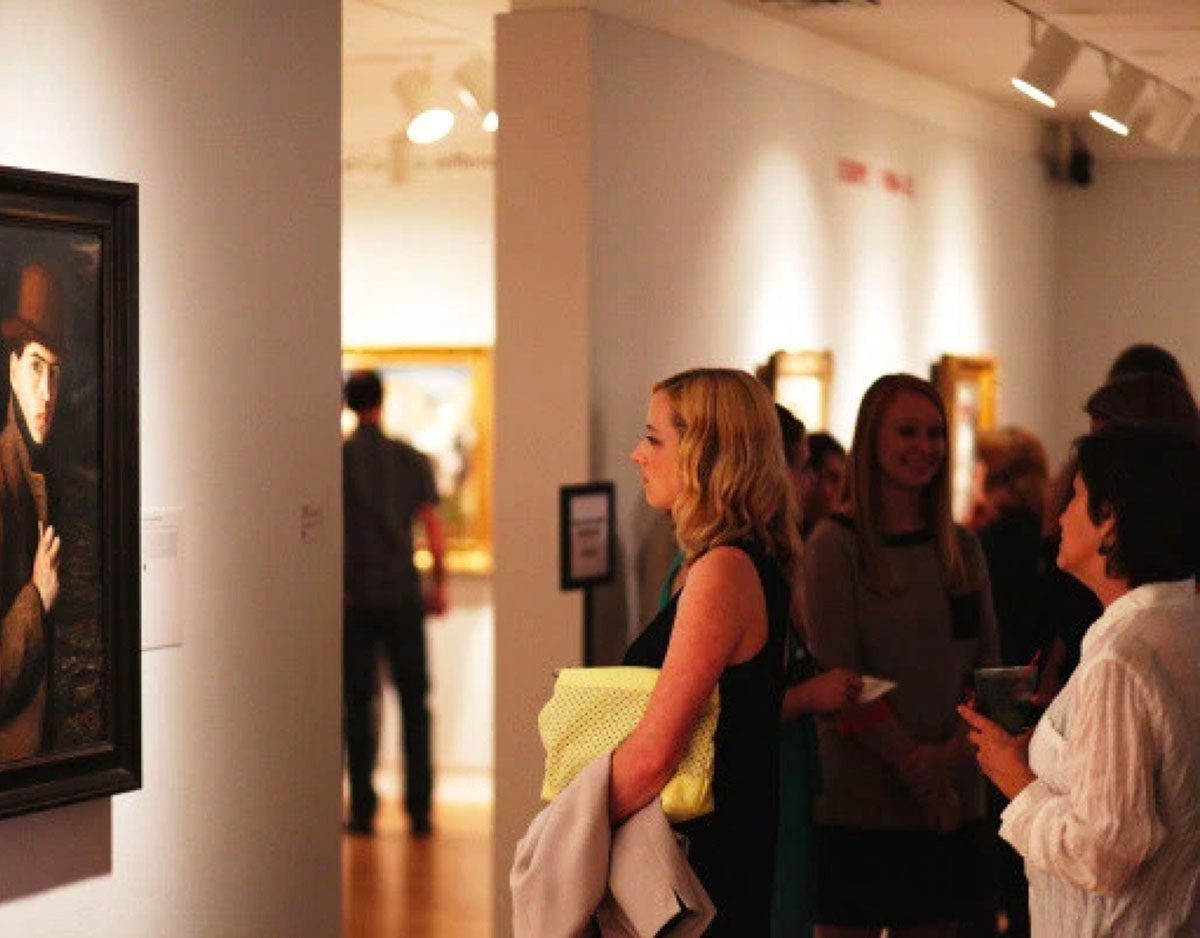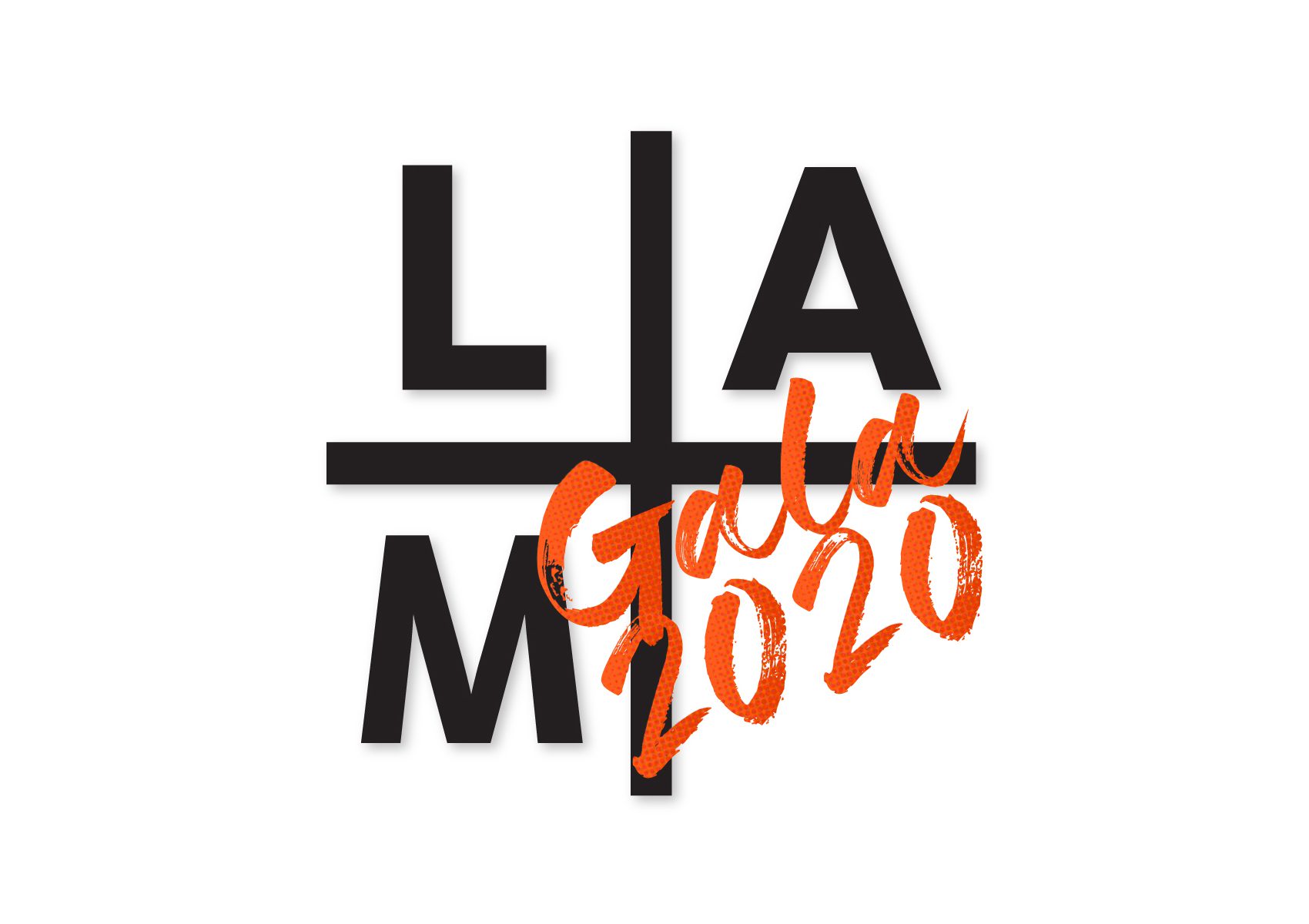Exhibit Overview
John Paul Jones (1924-1999) was a painter, sculptor, printmaker, and arts educator. First gaining national recognition in the 1960s with his figurative prints, drawings, and paintings, Jones turned to spare sculptural work in the 1980s. Jones received his bachelor’s and master’s of fine arts degrees at the University of Iowa, where he studied printmaking, and later taught. In 1953, he was recruited to the University of California in Los Angeles to set up a printmaking program. He joined the faculty at the newly opened UC Irvine in 1969 and remained there until his retirement in 1990. He lived in Laguna Beach from the mid-1960s to 1990.
“Even taking into consideration the fickleness of art trends, it is surprising to find that in the 1950s and 1960s John Paul Jones was widely and consistently ranked as among America’s leading printmakers. In 1963, he was the first pick of the eminent curator Una E. Johnson to inaugurate the Brooklyn Museum’s solo exhibition series on distinguished contributors to the media of drawings and prints in the United States. By then, he had also become a nationally recognized painter. With twenty-eight one-person gallery and museum exhibitions across the country in the first decade of his career, Time magazine gave him an illustrated feature article in 1962. Yet today, Jones has been almost entirely forgotten by art historians–by historians of American printmaking, by historians of West Coast art, and even by scholars writing about the art of Los Angeles, where for many years he was championed as a local talent.” ~ Susan Landauer
John Paul Jones was a retrospective, from the Museum’s extensive collection of his work, in the California and Steele galleries, and was be curated by Mike McGee, Professor of Art, California State University, Fullerton. Accompanying the exhibition was the publication John Paul Jones: The Pursuit of Beauty’s Perfect Proof.
John Paul Jones was generously supported by Anonymous, Estate of John Paul Jones, Dr. James Pick and Rosalyn Laudati, Dr. and Mrs. Eugene Levin, Julie Padach-Mathewson and Curtis Mathewson, SCAPE, Patsy Tartaglia, Dr. Kelly Tucker, Patricia Turnier, and Dr. and Mrs. Jay M. Young.
John Paul Jones’ Process and Philosophy
Jones had pursued his 1940s and ‘50s cubist and figurative work at the exact moment when Abstract Expressionism emerged and flourished. However, Jones’s geometric abstract works in the 1980s and ‘90s would have been more in tune with minimalism and other prevailing contemporary art themes in the 1960s and ‘70s.
New York Times art critic John Canaday, who wrote several positive reviews of Jones’s exhibitions, wrote a review of Jones’s first major museum survey, his 1963 exhibition organized by Una E. Johnson at the Brooklyn Museum. Commenting about Jones’s shift from abstract to figurative imagery between 1957 and 1958 Canaday wrote:
…it makes him a member of an avant-garde that never thought of itself as being ahead of or behind any movement, or even a part of any movement, an absence of self-consciousness that is virtually a contradiction of the term avant-garde as we have come to know it.
It appears that Jones never considered his work avant-garde—in all his notes and letters the term never appears. Less interested in creating artworks that were ahead of their time, Jones wanted to create artworks that were timeless. Early in his career he claimed to suffer from what he termed, masterpiece-itis. He would struggle his whole life to understand the exact criteria that defined a successful artwork and how to achieve that success. For Jones, the process had a lot to do with intensity and engagement. An artist had to be involved both emotionally and intellectually—art had to be fueled by passion, but it needed structure. Although he believed art was by nature autobiographical, each work of art had a life or a spirit of its own, and the artist had to discover the essence of each work.
What resulted from Jones’s process were artworks that reflected the mystery he sought to better understand. The critic who may have understood Jones best and who wrote some of the most insightful reviews of his work, Los Angeles Times critic Henry Seldis, wrote, Even at the beginning of his career, Jones was essentially concerned with ambiguities and mysteries of life.” In another review he wrote, “The essence of the appearance which Jones defines seems to exist on the very edge of consciousness.

Subscribe To Our Newsletter
Receive news about collections, exhibitions, events, and more.








